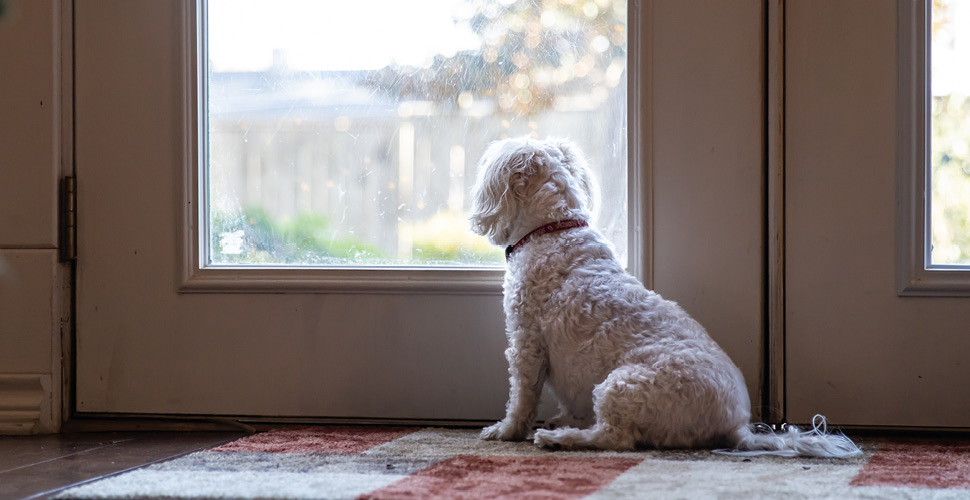As the days grow shorter and the weather turns cooler, not only humans but also our beloved pets can feel the effects. Just as some people experience a dip in their mood or energy levels during the darker months, pets too can suffer from what’s known as Seasonal Affective Disorder, or SAD. This guide aims to enlighten pet trainers and pet parents about SAD in pets, offering insights into spotting the signs and suggesting effective management strategies.
1. Understanding SAD in Pets
Seasonal Affective Disorder in pets, much like in humans, is believed to be linked to changes in light exposure. Shorter days and longer nights can lead to disruptions in their internal body clock or circadian rhythms, possibly affecting mood-regulating hormones and neurotransmitters.
2. Signs & Symptoms of SAD in Pets
- Lethargy: One of the most noticeable signs. Pets might appear less enthusiastic about activities they once enjoyed.
- Increased Sleep: Pets may sleep more than usual, often appearing more difficult to rouse.
- Change in Appetite: Some pets may eat more, seeking comfort in food, while others may show decreased interest in food.
- Agitation or Anxiety: A once-calm pet might display signs of restlessness or increased anxiety.
- Lack of Interest in Play: A reduced interest in toys or interactive activities can be a noticeable symptom.
- Increased Vocalization: Some pets might become more vocal, meowing or barking more frequently.
3. Management Strategies
- Increase Light Exposure: If possible, relocate your pet’s bed or favorite resting spot nearer to windows to maximize daylight exposure. Consider using artificial light boxes designed to mimic natural sunlight.
- Maintain Physical Activity: Even if it’s chilly outside, ensure your pet gets regular exercise. This can help release endorphins, boosting their mood.
- Interactive Toys: Engage your pet’s mind with puzzle toys or treat-dispensing toys. This can distract and entertain them during the darker hours.
- Consistent Routine: Pets find comfort in routine. Try to maintain consistent feeding, bathroom, and playtimes.
- Social Interaction: Organize playdates or attend pet-friendly events to keep your pet socially engaged.
4. Diet & Nutrition
- Balanced Diet: Ensure your pet is receiving a balanced diet rich in essential fatty acids, which can support brain health.
- Avoid Overfeeding: While it might be tempting to comfort a seemingly depressed pet with treats, avoid overfeeding as it can lead to weight gain.
- Consult a Vet: Consider talking to a veterinarian about dietary supplements that might help alleviate some symptoms of SAD.
5. When to Seek Professional Help
- Persistent Symptoms: If your pet’s mood doesn’t improve or if symptoms persist, it’s crucial to consult a veterinarian. They can rule out other potential health issues.
- Behavioral Therapies: Pet trainers or animal behaviorists can offer techniques and strategies tailored to individual pets.
- Medication: In extreme cases, and only under the guidance of a vet, medication may be recommended.
6. The Role of Pet Parents & Trainers
- Stay Observant: Regularly monitor and note any behavioral changes. This helps in early detection and intervention.
- Be Patient and Understanding: Recognize that your pet’s mood or behavior isn’t a sign of disobedience but could be an indication of SAD.
- Provide Comfort: Extra snuggles, gentle petting, or soft music can help soothe a distressed pet.
Navigating the Gloom with Empathy & Care
Understanding that our pets can be as susceptible to seasonal changes as we are is the first step in providing them the care they need. With a blend of awareness, proactive management, and boundless love, we can help our furry companions navigate the darker months with comfort and ease.
Let us ensure that, as the days grow shorter, our commitment to understanding and supporting our pets only grows stronger. After all, a little warmth from a loving heart can go a long way in lighting up the gloomiest of days.


